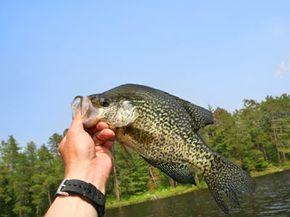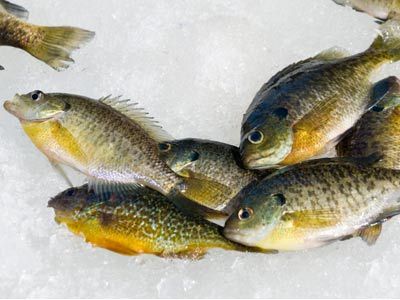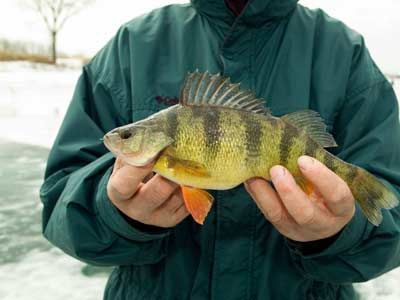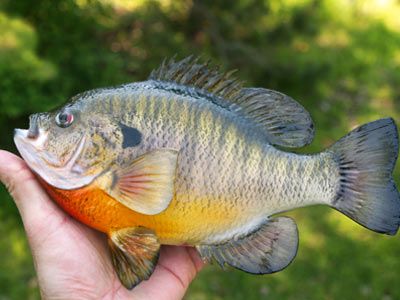Any angler will agree -- there is nothing like the thrill of a catch. The moment you see your line tighten, your heart starts to race. However, the aggressiveness of some fish, such as bass or carp, often sends rookies home empty handed and frustrated.
Crappie fishing is one of the most popular and productive types of fishing. Unlike the disheartening bass and carp, anglers of all skill levels can enjoy crappie fishing. It's often described as an easier, more low-key alternative to other types of fishing that require more skill -- and patience!
Advertisement
Crappies are found in thousands of lakes and rivers across the country. They belong to the sunfish family and are close relatives of the bass fish. Native to the eastern United States and Canada, they've made their way into almost every pond and stream in the U.S. The abundance of crappie fish make them easier to catch than more illusive, deep-water sea dwellers.
On average, a full-grown crappie will measure 10 inches (25 cm) from nose to tail and weigh between a half-pound and one pound (.23 -.45 kg). This delicate fish has earned the nickname "papermouth" because of the caution the angler must take when hooking the fish. Yank too hard and the hook will rip right through the crappie's mouth. Its small size keeps the fish from putting up much of a fight.
Another benefit of crappie fishing is the ability to fish them year round. Although some seasons are favorable (spring and fall), crappies are always available. While people usually think of fishing as a warm weather sport, don't forget about ice fishing in the winter!
When fishing for crappie, a light line will work much better than a heavy, bulky one. Fancy equipment is not necessary as any pole will do. The bait and lures you use to attract the fish are the most important pieces of equipment you will bring with you.
First though, you need to find the fish. Read on to find out how.
Advertisement



